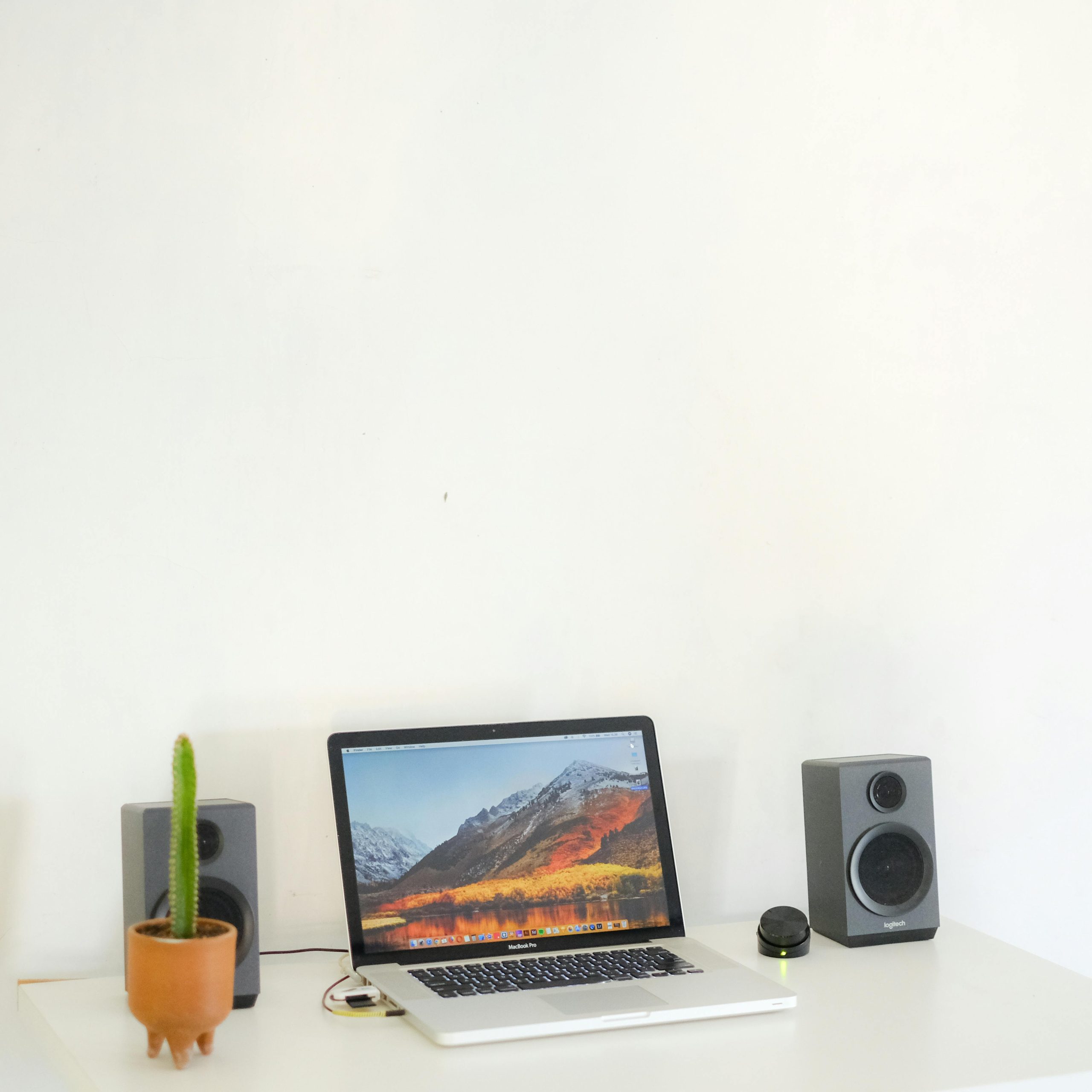Troubleshooting Guide: Resolving Connectivity Issues Between Your Speakers and Computer
Experiencing audio connectivity problems can be frustrating, especially when your setup was functioning perfectly just moments before. Recent power outages or electrical fluctuations can sometimes cause hardware recognition issues, leaving users puzzled about how to restore proper functionality. If you’ve encountered a situation where your speakers refuse to connect to your computer following a brief blackout, this guide provides a step-by-step approach to diagnose and resolve the issue efficiently.
Understanding the Context
A sudden power outage lasting just a few seconds can impact peripheral devices connected to your computer, particularly if they are powered through shared power strips or outlets. Such blackouts might cause temporary hardware recognition glitches once power is restored. In this specific case, after a home blackout, the user noticed their speakers were silent when attempting to use them.
Initial Troubleshooting Steps
- Verify Physical Connections
- Ensure all cables are securely plugged into the correct ports on your computer and speakers.
-
Test all available audio input ports on your device by plugging the speakers into each one to rule out port-specific issues.
-
Restart Your Computer
- Sometimes, a simple reboot can resolve hardware recognition problems.
-
Turn off your computer completely, wait for at least several minutes, then power it back on.
-
Check Audio Settings
- Access your system’s sound settings to see if the correct playback device is selected.
-
Make sure speakers are set as the default device for audio output.
-
Test with Different Devices
- Connect your speakers to another computer or device to confirm they are functioning correctly.
- Conversely, try connecting different speakers to your computer to determine if the issue persists.
Advanced Solutions
-
Update or Reinstall Audio Drivers
Outdated or corrupted drivers can prevent hardware recognition. Visit your computer or motherboard manufacturer’s website to download the latest audio drivers and install them accordingly. -
Check for Hardware Damage
- Inspect cables and ports for visible signs of damage resulting from power surges.
-
Consider using a surge protector or uninstalling and reinstalling your audio hardware via Device Manager.
-
Use System Troubleshooter
Windows and other operating systems often include troubleshooting utilities that can automatically detect and resolve audio issues.
Preventative Measures
- Use a high-quality surge protector or uninterruptible power supply (UPS) to safeguard your hardware from power fluctuations.
- Regularly
Share this content:

